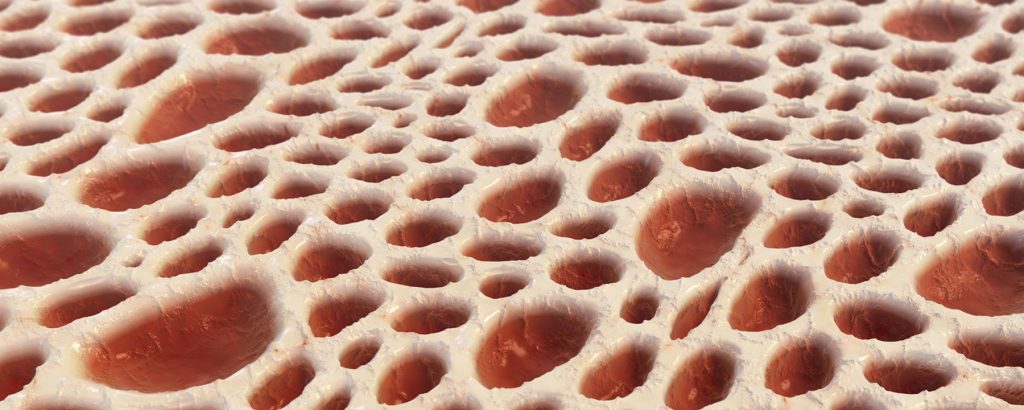Characterized by a rise in heart rate, respiration, temperature, and adrenaline, the acute stress response, more commonly known as the fight-or-flight response, is a physiological reaction to dangerous or fearful situations. While a mammal’s sense of fear originates in the brain, a key mediator of the stress response derives, somewhat unexpectedly, from bone, according to a study published in Cell Metabolism today (September 12). Osteocalcin, a hormone secreted by bone cells, induces the fight-or-flight response by essentially deactivating the brakes that normally keep it in check, the research reveals.
The finding is “interesting and exciting” and “a big surprise,” says Clifford Rosen, a bone expert at the Maine Medical Center Research Institute who was not involved in the study. It raises the questions, he continues, “Why would the skeleton be an acute phase responder? Why would you bother to work through the skeleton?”
While skeletal biologist Gerard Karsenty of Columbia University does not have the answers, he certainly has a theory. Karsenty has been studying osteocalcin for more than two decades. As well as being one of the most abundant proteins in the body, he says, osteocalcin is important for a variety of physiological functions including memory retention, capacity for exercise, testosterone production, and insulin secretion. In these seemingly disparate functions, Karsenty sees a link. Maybe, during the evolution of vertebrates, he suggests, osteocalcin has become “a tool for animals to escape danger.” Exercise capacity, heightened memory, glucose handling, and even testosterone production, which helps build muscle, could all be explained by such a theory, he argues.
With this in mind, the next logical step, he says, “was to test if [osteocalcin] is implicated in the quintessential function needed to escape danger, which is the acute stress response.”
To induce the response, Karsenty’s team exposed mice, rats, and humans to known stressors. For the rodents these included electric shocks to the feet, physical restraint, and the odor of a predator’s urine, while the human subjects were submitted to a session of public speaking and cross-examination. In all cases, the stressors invoked a significant rise in the circulating levels of osteocalcin, but not of other bone hormones…







